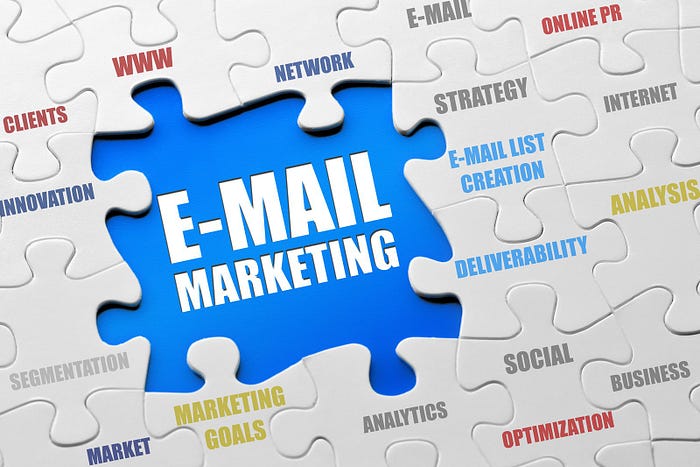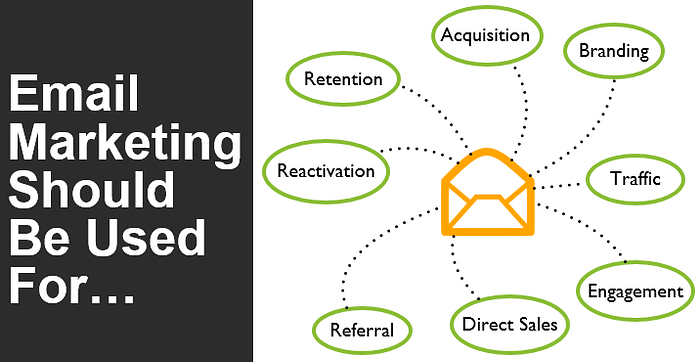Do you really know what your subscribers think about your emails? Failing to understand how our subscribers see the emails usually end in the ineffectiveness of strategies. We can’t blame you. Email marketers typically care about CTR, subscription rates, and conversions; while subscribers don’t share the same goal (obviously).
The key to effective marketing is knowing what’s important to our customers. We must define the reason behind what makes subscribers open the emails. We should specify why they’re subscribing to channels, or why they click the CTRs. The most crucial above all, we must know the elements that lead to sure conversions.
It’s a typical situation when email marketers misunderstand how subscribers perceive messages. Therefore, to avoid it, we’ll enlighten you on the difference between how marketers and subscribers see email marketing. Seeing both perspectives will help you strengthen your marketing campaigns, and increase the satisfaction of your subscribers.
Marketers Vs. Subscribers
There were 269 billion business and consumer emails sent in 2017, and it’s expected to grow even bigger over the next four years. Experts assume, there would be 4.4% growth in the number of emails that could reach 319.6 billion at the end of 2021. We’re thinking, perhaps how many of these emails were made for marketing yet failed due to wrong strategies?
It’s important to know that marketers and subscribers perceive messages differently. Knowing the difference is the key to successful marketing, leading to positive outcomes.

Decoding Emails
For the marketers, an email is about:
- Return on Investment
- Open and Click CTRs
- lower down unsubscribe rates
- To expand the subscriber base
- To improve customer touch-point
- Conversion rate
For subscribers, an email is about:
- Discount offers
- Visually-appealing design
- Exclusive offers
- Customized copy
- Convenience
It’s two different worlds when it comes to email marketing. Most of the time, marketers become too serious when they create emails that they miss what’s essential for subscribers. There are ways to bring the gap closer between marketers and subscribers — and it’s simple.

From Address
A valid ‘from address’ is vital for conversion. Sometimes, marketers fail to use an address where subscribers can respond to (i.e., noreply@company.com) while expecting responses from them. Using a consistent ‘from name’ must come with a valid ‘from address’ for better open rates. A valid ‘from address’ allows subscribers to reply to the email, and connect with marketers. Thus, leading to conversions as well as customer trust.
The crucial role of the subject line
Subject lines must be persuasive to increase open rates from subscribers, but there’s more to that. Because 35% of recipients open emails due to subject lines, the subject’s content and length are essential factors when writing the subject line.
54% of emails are opened using mobile devices, which means the ideal length of a subject line must be around three words. Marketers must know that an average mobile device fits 4–7 words across its screen.
Although compelling subject lines that grab attention may increase open rates, a stronger subject line must contain what matters most. A good subject line must convey the real and brief essence of the email campaign. Adding emojis may also help liven up emails. However, marketers must never create misleading subject lines, as well as they must avoid using spammy words.
Personalized subject lines are 26% more effective than generalized ones.
Segmentation is key
Great marketers know that segmentation is a significant part of creating email campaigns. Segmented emails get 100.95% higher clicks and 14.31% higher open rates than non-segmented ones.
Age, demography, gender, preferences, are some of the segmentation options that help marketers target the right audience. Segmented campaigns also give delight to the subscribers through the idea of receiving personalized emails.

Visually appealing emails
The email’s visual appeal is also important in its marketing strength. A brand logo must match the CTA color. Most brands place the CTA in the top 3rd email. Furthermore, the CTA must have compelling content, it must possess a good design, and it must be placed above the fold. However, despite all this, if the CTA doesn’t have a properly working landing page, all efforts will go to waste. Make sure to create a dedicated landing page to where the CTA is linked. This way, the subscriber gets closer to making a purchase.
When and how often to send emails
The best time and date to send emails depend on what kind of subscribers you have. The best way to know the right timing is through permission-based email marketing. You can ask your subscribers about their preference, and then manage the number of messages and time you will send them.
Here are suggested time and day for sending emails:
For entrepreneurs and workaholics
Opens — Saturday 10:00 AM
Clicks — Saturday 10:00 AM
Responses — Saturday 10:00 AM
Normal (B2B)
Opens — Saturday 10:00 AM
Clicks — Tuesday 10:00 AM
Responses — Tuesday 8:00 AM
Consumer (B2C)
Opens — Saturday 12:00 AM
Clicks — Saturday 12:00 AM
Responses — Saturday 6:00 AM

First name personalization
Mentioning your subscribers’ name in your emails can do wonders in your campaign. However, you can even go beyond first name personalization, and create a personalized copy for your subscribers. For instance, you can mention your subscriber’s name in the content as well as in the subject line. You can also send special greetings during occasions like birthday, and offer promos that are related to the event.
Personalization is a useful technique that 91% of email marketers noticed improvements in their CTRs and open rates when they incorporate this strategy. Personalization also involves checking your subscriber’s preferences, purchase history or the products they like by looking at their carts. Customizing messages help in converting subscribers into customers.






